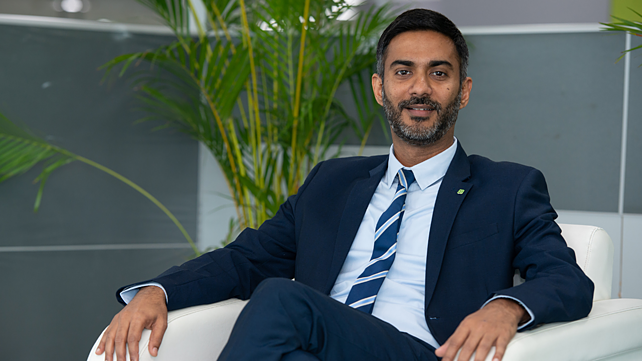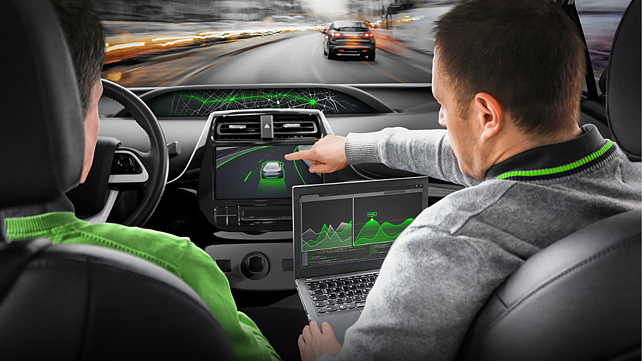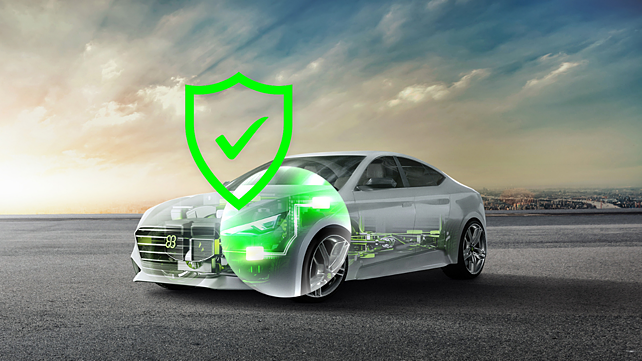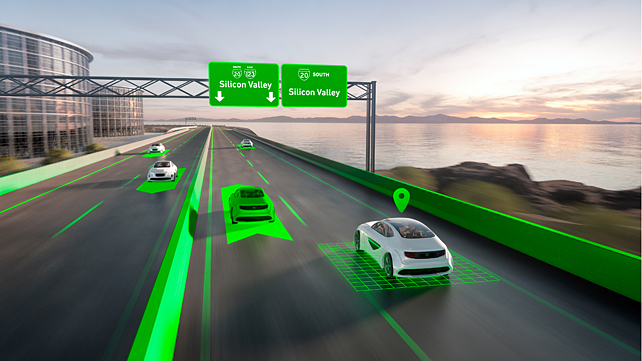
Satish Sundaresan’s expertise is focused on future products in automated driving, analytics, and connected solutions, including OTA. Before Elektrobit, he headed India-based R&D centres across automotive electronics and IT operations in companies like Mercedes-Benz R&D India, Infosys Technologies, and Robert Bosch.
Can you tell us about the journey of Elektrobit in India during the past five years?
Elektrobit is a 33-year-old company and was acquired by Continental in 2015. In 2016, Elektrobit India was formed to create some supplement for the global company’s talent. We have been able to foray into the sales space in the Indian automotive ecosystem, and are also learning the way the Indian customers expect the business to be done.
For instance, in India, the new product development (NPD) cycle times are very short, while it is much longer elsewhere. From this perspective, we are an R&D organisation, which is growing multi-fold in headcount, and we are beginning to be an exciting sales site from which our headquarters can also learn a little bit. Elektrobit India has the largest R&D centre outside Germany.
Elektrobit plays the role of a middleware, as it connects different gadgets to the vehicle. What are its responsibilities, as cybersecurity is key?
Elektrobit always wanted to work in the technologies of the future. We want to enable mobility for an enriched life, and as part of that, there are at least four areas that we concentrate on – automated driving, ECU development & AUTOSAR, user experience and connected & secured vehicle.
Argus Cyber Security is an Israeli organisation that Continental had acquired and is now part of the Elektrobit portfolio. Argus provides products, consulting, as well as solutions services for customers. We offer many solutions complementing whatever Argus provides. For example, our EB CADIAN allows software updates over the air; it allows data collection and remote analytics. Our engineering services also provide verification, validation and consulting. And we also provide end-to-end holistic security concept with end-to-end encryption.
Cybersecurity is one of the most important things that we need to cater to. We are currently working with a four-wheeler manufacturer from India, helping them craft their cybersecurity requirements.

Data security and ownership are key issues discussed by the aftermarket community worldwide. Is Elektrobit responsible for data security? If so, who would you favour – the OEMs or the owner of the vehicle?
We do not care about the data; our job is to lay the pipeline secure. If an OEM decides to push data from a server to a vehicle owned by a commoner on the road, our job is to make sure that any data that is exchanged between the server and the vehicle cannot be tampered with. We also provide some other user interfaces, where it is possible to figure out what kind of data needs to be pumped from a data server to the vehicle; they can also do multiple transportations. Our products do not have access on what is the data that is coming out.
Can you update on your offerings for Adaptive AUTOSAR?
AUTOSAR is a standard, and the idea is to cooperate on standards and compete on implementation. From Elektrobit’s standpoint, we provide many different kinds of services, and we also have a product line for it. Earlier it was called Classical AUTOSAR, and now Adaptive AUTOSAR – operating in real-time and HPC (high-performance computing). It provides the convenience to our customers that they only need to focus on the application or software components as we create the interfaces like Ethernet or CAN. In the HPC world, we can now provide an active Adaptive AUTOSAR stack, which is forward-looking i.e. operating systems that go way beyond real-time.
We have a POSIX (Portable Operating System Interface) based operating system, which is CORBOS. We also have a Hypervisor that abstracts any operating system. So, from this perspective, we have a lot of forward-looking AUTOSAR solutions.
We have EB XELOR – an all-in-one software platform for creating next-generation automotive electronics architectures based on HPCs. We have the possibility here to combine many electronic products.

What are Electrobit’s contributions to automated driving?
We provide services such as creating an environment model for the vehicle, offer training courses on ADAS development, validation, and consulting for ISO 26262.
We have EB Assist that allows data logging and replaying, and this is a step in the hardware-in-loop solution in ADAS space, which annotates the data and creates a scenario to do away with repeating similar tests, while developing new models or variants.
I am also globally responsible for EB Assist and EB Assist Test Lab products. We are also talking to Indian OEMs about this because we believe that in India, we can start with this, as opposed to driving the car for millions of kilometres to make sure that it runs. Even simple driver assistance functions can be validated by this system. Our goal is to reduce the time to market on the development side. It will save years and not days.
Does it allow your customers to standardise the procedures as well?
Within an OEM, yes it allows at least the test cases to be standard. Testing validation is a huge time consuming, intensive activity. And most importantly, it determines how low the risk is and how safe is the vehicle. So the more data you collect, the more standardisation it allows. We are talking about central data, and people can use these scenarios the way they deem fit.
How do you help vehicle manufacturers in the applications?
We have many customers who are writing the application software by themselves. Some customers may write requirements and specifications; some might do requirements in design, and in some instances, customers are also writing some portions of the application. We need to cater to all kinds of customers. And that’s why our portfolio is a little bit broad. We also help with ECU development. For example, for an Indian two-wheeler manufacturer, our original intent was only to help them with over-the-air software updates. As we started discussing, we realised the OEM is also foraying into writing software codes; now, we are helping them write their system ECU.

What is the uniqueness of Indian operations?
We have gone beyond the traditional values that India as a country provides. For us, the most prominent uniqueness about India is that our headquarters in Germany is looking at us to do more global roles. I’m performing a global function, where the entire team is sitting in Western Europe. There is a belief that we have the possibilities of global positions being located in India.
Secondly, we have engaged now also in a small way with sales. What we are learning from our customers is extremely helpful for our headquarters because there is a belief that Indian customers are different. The way Indian OEMs are behaving today is a couple of years ahead of how we believe some global customers will start behaving. We can take this knowledge. For instance, the vehicle development cycles are between five and seven years in developed countries. In India, we are talking to a customer, who wants the vehicle to be out in a year. We have people talking to a customer directly in India from a time to market perspective.
Does it mean that Elektrobit India is transforming from a pure R&D firm to also a sales organisation?
We are already making some sales but not in a significant number. Our objective is to be financially better and to try and bring global technologies to India at an affordable value.
What will be the contribution by Elektrobit India to the headquarters?
We are able to give the feedback to headquarters that the products we are developing, which is supposed to be a one-size-fits-all, are working for a market like India or not. It is globally local. Secondly, the products coming to an end of life somewhere else could be exciting in the India market. We are able to take that over and see what can be done. It also gives the trust and the confidence to our headquarters to give us more responsibilities.
For instance, what started as joint development of an infotainment platform between three-four countries now is completely running out of India. So we’re no longer talking about headcount but responsibilities. And I’m personally pleased because this also gives us freedom. And instead of being a traditional headcount-based R&D Centre, we’re trying to be a value-based centre.

We are present in South Korea, Japan, and China. We are also looking at making India an R&D hub for Asia, as there are similarities with other Asian cultures. These are incidentally very different from Germany, France or the US.
What are the immediate opportunities that you hope to get from customers in India?
We have two kinds of clientele. The first is the R&D centres of global vehicle manufacturers and Tier-1 companies; we can provide training for them. In some instances, we are also working with these organisations to ensure that the products that are being developed in Germany can also be brought to India.
The second kind of clientele is Indian OEMs. We have engaged already with a couple of four-wheeler manufacturers and a couple of two-wheeler manufacturers. We’re also talking to an organisation that wants to enter vehicle manufacturing. We are actively engaged with Mahindra on some forward-looking technologies.